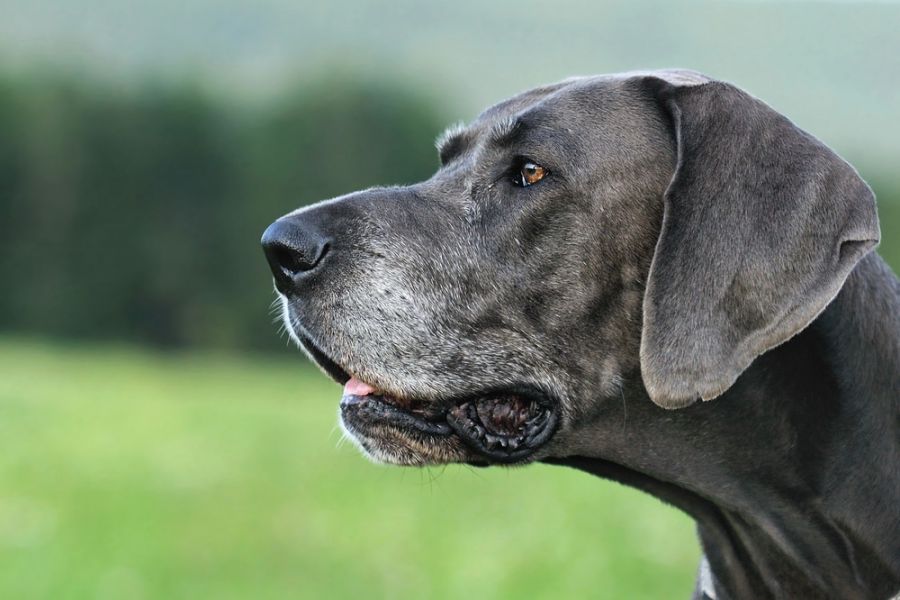
Hypothyroidism is the most common hormone imbalance in dogs. Also known as thyroid disease, hypothyroidism usually occurs in canines over 5 years of age. While any breed of dog can develop this thyroid problem, breeds like Great Danes, Doberman Pinschers, Irish Setters, Golden Retrievers, Boxers, and Dachshunds are more commonly affected.
What is hypothyroidism?
The thyroid gland is located in your dog’s neck and produces thyroid hormones that regulate your dog’s metabolism. The thyroid glands are paired, and sit on each side of the airway or trachea—the hormones produced here affect the metabolic rate for every system in the body. When too little hormone is produced and levels fall, your dog’s metabolism slows down, resulting in hypothyroidism.
What are the symptoms of hypothyroidism?
Multiple symptoms can occur with hypothyroidism and many organ systems can be affected. The most obvious change is with your dog’s coat—it may become dry, brittle, and thin, with areas of hair loss or alopecia.
Skin infections and skin thickening are also common, and many dogs with low thyroid are no longer able to tolerate cold temperatures. Many dogs will become significantly overweight, even though their diet hasn’t changed.
Abnormal heart rhythms and slow heart rates can be identified during your pet’s annual exam. If left untreated, cardiac abnormalities can result in health issues throughout the body.
- Common Symptoms of Hypothyroidism:
- Changes in coat and skin
- Unexplained weight gain
- Low energy, sluggishness
- Decline in mental alertness
- Cold intolerance
How is hypothyroidism diagnosed?
Your veterinarian diagnoses hypothyroidism with lab work. This disease is not always easy to identify, and some medications can affect thyroid levels. Blood values that are typically evaluated include T4, T3, TSH, and free floating T4. Other changes on lab work include a low red blood cell count and a high cholesterol level.
Can hypothyroidism be treated?
Hypothyroidism is treatable. Therapy typically involves lifelong thyroid supplementation, dosed based on your dog’s weight and thyroid levels. Symptoms generally improve within 4 to 8 weeks of starting medication. Once your dog’s hormone levels have stabilized, your dog will continue the stable dose of medication with annual tests of his thyroid levels.
While thyroid disease is treatable, hypothyroidism is a serious health risk for dogs. If your dog demonstrates any of the typical symptoms or you think your dog has a thyroid problem, be sure to contact your veterinarian for an evaluation as soon as possible. Your veterinarian can make the diagnosis and treatment recommendations. Annual blood work is an important tool in protecting the health of your furry family members, especially for pets 5 years and older.


